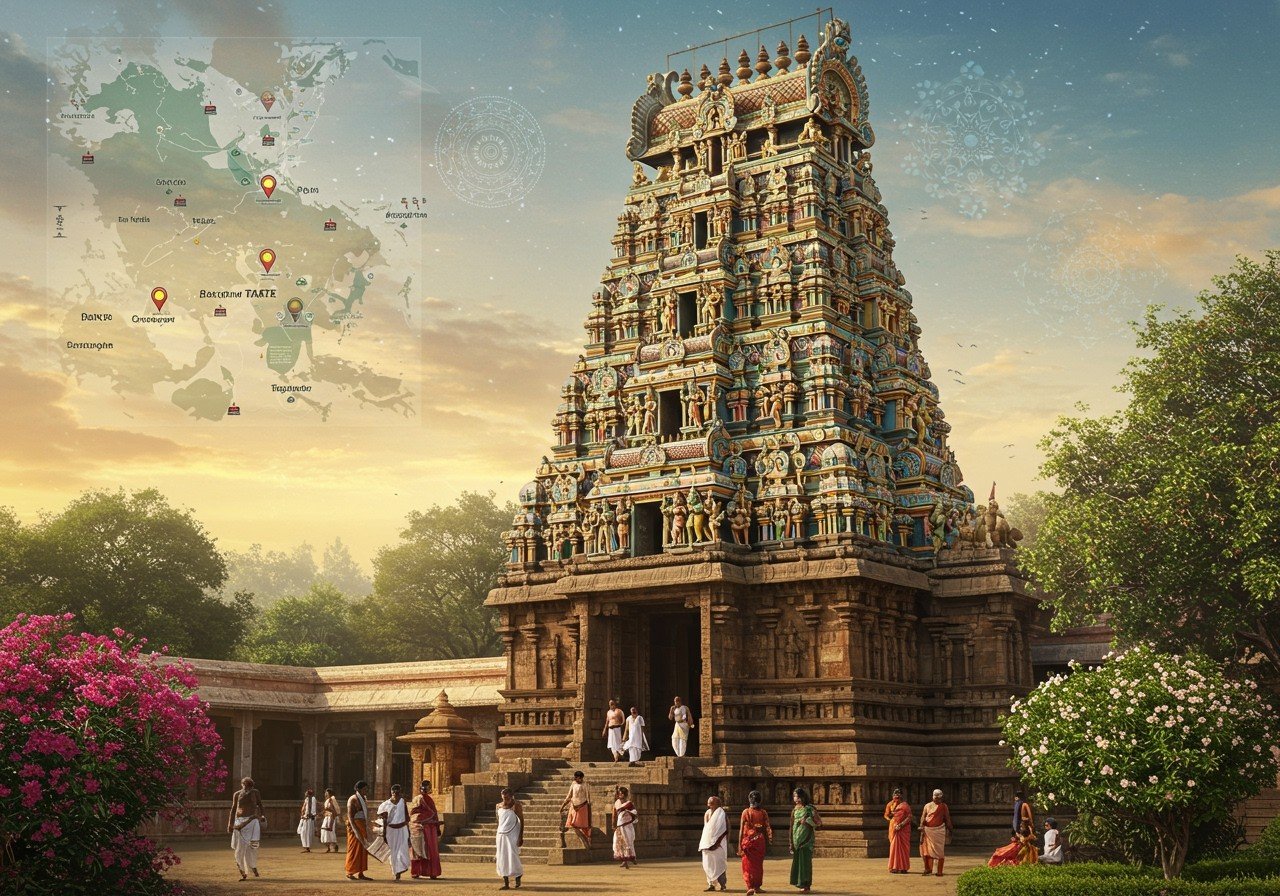
In the heart of southern India, nestled within the vibrant state of Karnataka, lies the story of Sandur State. More than just a former princely state, Sandur is a living chapter of our country’s rich past, a beautiful tapestry woven with threads of history, culture, and deep-rooted traditions. For those of us who hold our heritage close, understanding the story of places like Sandur is like listening to the whispers of our ancestors. It’s a tale of royalty, strategic importance, and a cultural identity that continues to inspire and shape the lives of its people even today.

A Glimpse into the Past: The Rich History of Sandur State
The story of Sandur begins in the early 18th century, around 1713, when it was established by Shrimant Sidalji Ghorpade, a noble from the esteemed Maratha lineage. The Ghorpade dynasty, its rulers, played a pivotal role in the region. Sandur wasn’t just another piece of land; its strategic location and abundant iron ore mines made it a center of significance in the Deccan Plateau.
Like many Indian states, its journey was not a straight line. It saw changes in power, being briefly part of the Mysore Kingdom in the late 1700s and later, for a short period, under the Marathas’ Dominions. By 1818, it formally became a British protectorate, navigating the complex political landscape of the time. The turning point came on August 10, 1947, when Raja Yeshwantrao Ghorpade signed the Instrument of Accession, merging Sandur with the Dominion of India. This historical journey from a Maratha stronghold to an integral part of modern Karnataka has profoundly shaped its unique cultural identity.
The Cultural Tapestry of Sandur
The true soul of Sandur lies in its culture. The Ghorpade rulers were not just administrators; they were great patrons of art, education, and progressive values. Their Maratha roots blended beautifully with local Hindu customs, creating a unique and harmonious cultural environment. This fusion is most visible in the region’s vibrant festivals, which are celebrated with immense devotion and community spirit.
- Progressive Ideals and Patronage: Sandur was remarkably ahead of its time. It was one of the first states to open places of worship to everyone, regardless of caste, and to outlaw the practice of “untouchability.” The rulers established educational institutions for all, understanding that progress is rooted in knowledge and inclusivity.
- Architectural Grandeur: The architectural landscape tells its own story. Ancient temples and magnificent palaces dot the region, but the Shivavilas Palace, built around 1940, is a true testament to the family’s legacy. This stunning blend of Indian and Western architectural styles now serves as a heritage hotel and museum, offering a window into the royal grandeur of a bygone era.
- Living Arts and Crafts: The artistic spirit of Sandur’s people is reflected in their traditional crafts. Exquisite textiles with intricate designs and timeless pottery are not just artifacts; they are stories passed down through generations, providing livelihoods and preserving a precious heritage.
Living Traditions: Connecting with Sandur’s Heritage Today
The legacy of Sandur is not confined to history books or museums. It lives on in the daily lives and rituals of its people. One of the most beautiful ways this connection to our roots is expressed is through traditional attire, which holds deep cultural and spiritual significance in ceremonies and festivals.
The Dhoti: A Garment Woven with History and Respect
The dhoti, a simple yet profound garment, is deeply woven into the fabric of Indian culture. It symbolizes purity, humility, and respect, making it an essential part of religious ceremonies and sacred rituals. From ancient rulers to modern-day devotees, the dhoti connects us to our heritage, reminding us of the timeless values that places like Sandur have preserved.
For those of us looking to honour these traditions in our own lives, finding authentic and high-quality ritual items is essential. It’s about connecting with our faith with sincerity and purity. At Poojn.in, we understand this sentiment completely. We believe in making our traditions accessible. That’s why we offer a curated collection of authentic pooja samagri and cultural items, including premium cotton dhotis perfect for your ceremonies. Embrace your heritage with the convenience and trust of Poojn.in.
Understanding Sandur’s Legacy More Deeply
Many often wonder about the true historical significance of Sandur State. Its importance is rooted in its regal past as a princely state that was a cultural and political powerhouse in its region. The Ghorpade family, as its prominent rulers, are remembered for their immense contributions to the area’s development and their dedication to preserving its unique cultural fabric.
The cultural wealth of Sandur is another aspect that draws curiosity. It is a treasure trove of art, music, and vibrant traditions. The state actively fostered local artisans, ensuring that crafts like textiles and pottery were not just preserved but flourished, carrying the cultural essence through generations. The rulers also understood the importance of a strong economy, promoting agriculture and mining, which played a vital role in the region’s prosperity. Even during India’s struggle for independence, Sandur State played its part by aligning with freedom movements and promoting education and reform, contributing to the larger cause of a free India.
Embracing the Legacy of Sandur
The story of Sandur is a powerful reminder of the richness of our diverse heritage. By celebrating and safeguarding these traditions, we keep the spirit of our ancestors alive. Let us cherish this beautiful legacy, for it is in understanding our past that we find strength for our future. The spirit of Sandur is a beacon of cultural pride, inspiring us to hold onto the traditions that make us who we are.
For any assistance with finding the right items for your spiritual journey, feel free to contact us at 03369029784 or send us a message on WhatsApp at 9476142738. We are here to help you connect with your traditions.


